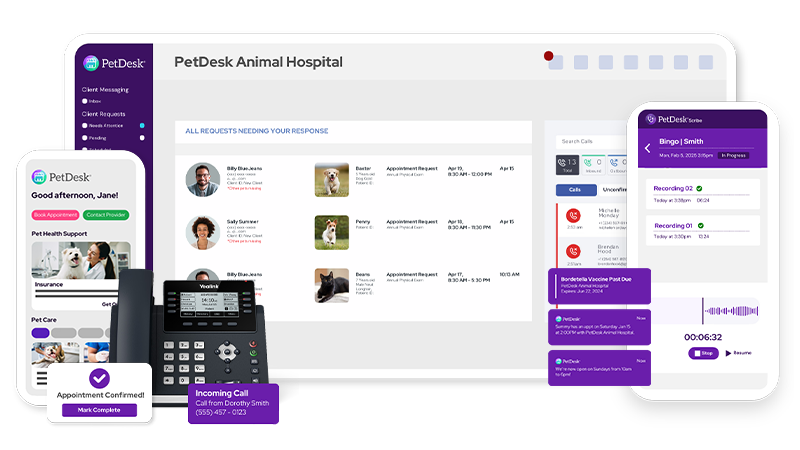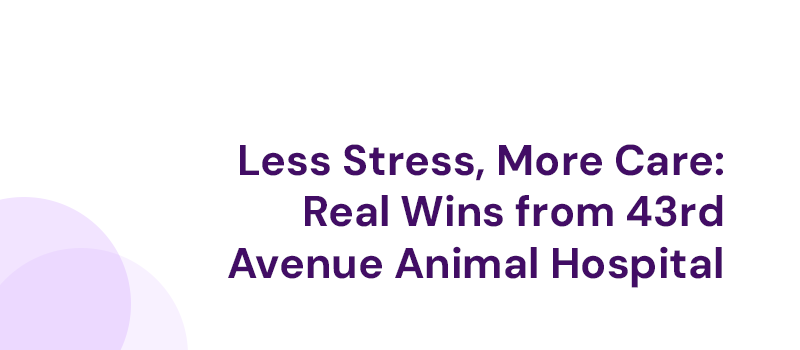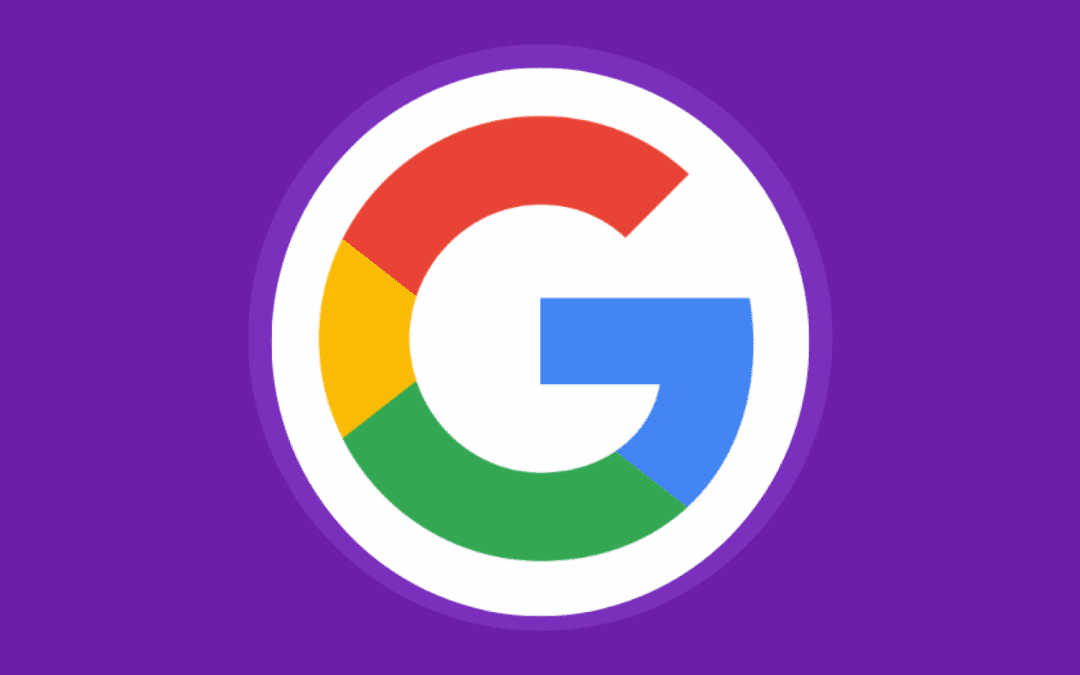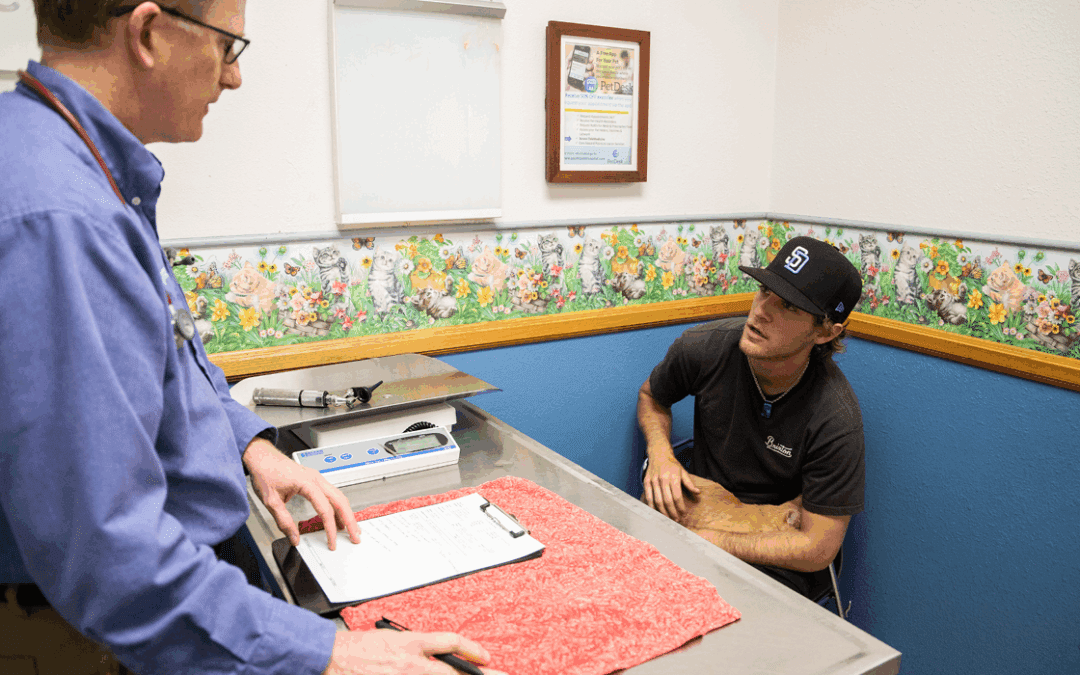Trust plays a massive role in veterinary care. Pet owners place their beloved companions in the hands of veterinary professionals, and want to feel confident that their pets are receiving the best possible care. You can build trust and strengthen relationships with clients by establishing a veterinary environment that prides itself on open and honest communication.
More than a better bond with pet parents, you’ll be able to improve their compliance, increase customer satisfaction, and reinforce your well-respected reputation. We’re covering why transparency is so important for veterinary clinics, and providing you with actionable strategies to create more convenient communication in your own practice.
How transparency builds trust in veterinary practices
1. Stronger veterinary client relationships
- Open communication: Pet owners want to feel informed about their pet’s health and the care being provided. When veterinarians take the time to explain diagnoses, treatment plans, and procedures, clients are more likely to trust the recommendations. This transparency reassures pet owners that their pets’ well-being is the top priority.
- Honesty and integrity: Acknowledging potential risks, discussing all available treatment options, and being upfront about costs show that you value honesty and integrity. Clients appreciate when veterinarians are straightforward—even when delivering difficult news—as it promotes loyalty and healthy long-term relationships.
- Less anxiety: Clear communication can significantly reduce the anxiety pet owners may feel. Providing detailed explanations and patiently answering questions allows clients to better understand their pets’ conditions, which helps to alleviate their concerns.
2. Pet owner compliance
- Informed decisions: Pet parents are more likely to follow through with treatment recommendations when they understand the reasoning behind them. Educating pet owners about the importance of specific treatments or procedures ensures they see the value in the care being provided.
- Increased ownership: When your clients are actively involved in the decision-making process, they feel a greater sense of ownership over their pets’ health. This collaborative approach encourages them to adhere to treatment plans and preventive care schedules.
3. Veterinary client satisfaction
- Positive experience: A transparent approach leads to more positive and satisfying experiences for clients. Knowing they can ask questions and receive clear answers helps pet owners feel valued and respected.
- Reduced complaints: Openly addressing pet owner concerns and proactively communicating potential issues minimizes misunderstandings and complaints. Clients are less likely to feel dissatisfied when they are kept informed at every step.
4. Public reputation
- Positive word-of-mouth: If a pet owner trusts their veterinarian, they’re more likely to recommend the practice to friends and family. Word-of-mouth referrals are invaluable for growing a veterinary business!
- Improved online reviews: Transparency often translates to glowing online reviews. Pet owners are quick to share their positive experiences when they feel their pets were treated with care, and their concerns were addressed openly.
See what PetDesk makes possible
Our solutions are designed to tackle your clinic’s specific challenges.
Set up time with a PetDesk expert to see for yourself!
Communication strategies for veterinary practices
1. Clear and concise explanations
- Use plain language: Avoid using technical jargon that can confuse clients. Instead, break down lesser-known medical terms into simple, easy-to-understand language.
- Create visual aids: Lean on diagrams, images, and videos to help explain complex medical conditions or procedures. Visual aids can make information more digestible and memorable for clients.
- Share written materials: Provide handouts or brochures summarizing key information discussed during appointments. These materials serve as a helpful reference for pet parents once they leave your clinic.
2. Active listening and empathy
- Listen carefully: Take the time to genuinely hear clients’ concerns and questions. Active listening shows pet owners that their input matters, and that their feelings are being taken into account.
- Empathize with clients: Acknowledge their emotions, whether it’s anxiety, fear, or sadness. Validating concerns helps build rapport and trust with pet owners.
- Provide support: Offer emotional support and guidance, especially during difficult times (such as when discussing a serious diagnosis or end-of-life care options).
3. Proactive communication
- Regular updates: Keep clients informed about their pet’s progress during treatments or hospital stays, even if there are no significant changes to report. Regular updates demonstrate that the practice values transparency and the client’s peace of mind.
- Reminders and alerts: Send automatic veterinary appointment reminders and confirmations, medication refill notifications, and important health alerts to keep pet parents engaged and informed.
- Client education: Share valuable information on pet health topics through newsletters, social media, or pet owner education events. Educating clients empowers them to make more informed decisions for their pets.
4. Transparent pricing
- Communicate fees clearly: Be upfront about the cost of services before they’re provided. Offering detailed estimates and explaining what’s included helps prevent sticker shock, and builds trust with pet parents.
- Offer payment options: Discuss payment plans and financing options to make veterinary care more accessible. This demonstrates a commitment to accommodating clients’ financial situation.
- Be honest about unexpected costs: If additional costs arise during treatment, communicate these immediately and explain why they’re necessary. Providing cost estimates whenever possible ensures pet owners are financially prepared.
5. Technology integration
- Client portals: Offer secure online portals where pet parents can access their pets’ medical records, upcoming appointments, and communication tools. Convenience and transparency go hand in hand!
- Telemedicine: You can consider providing telemedicine consultations for non-urgent issues. This option adds value by offering flexibility and convenience to busy pet owners, which further strengthens transparency and builds trust.
- Text messaging: Use veterinary text messaging and mass messaging to send appointment reminders, prescription refill alerts, and brief updates. Quick and direct veterinary communication helps to instill trust while improving the client experience at your clinic.
The benefits of transparent communication at your veterinary practice
When veterinary practices prioritize transparency, the results speak for themselves. Stronger client relationships, improved compliance, enhanced satisfaction, and a stellar reputation are just some of the many benefits. Pet owners who feel informed and valued are not only more likely to return for future care, but also recommend the practice to others.
With clear communication strategies, active listening to pet parents, and by leveraging powerful communication technology, veterinary professionals can create a trustworthy and collaborative environment that promotes the best possible care for pets. More than a communication style, transparency is a commitment to providing exceptional veterinary care and building lasting connections with pet owners. It’s a means of setting your practice apart from others, and truly making a difference in the lives of pets and pet parents.
Communication Strategies for Veterinary Practices FAQs
Q. Why is transparent communication important in veterinary practices?
A. Transparent communication builds trust between veterinarians and pet owners. When clients feel informed about their pets’ health, treatment plans, and costs, they are more likely to trust the veterinary team, comply with recommendations, and feel satisfied with their experience.
Q. How can veterinarians improve communication with pet owners?
A. Veterinarians can improve communication by using clear, jargon-free explanations, offering visual aids, actively listening to client concerns, and providing written materials for reference. Transparency in discussions about treatment options and costs also fosters trust.
Q. What are the benefits of proactive communication with clients?
A. Proactive communication, such as regular updates on a pet’s condition, appointment reminders, and health alerts, reassures pet owners and minimizes misunderstandings. It also enhances client satisfaction and strengthens the veterinary-client relationship.
Q. How can veterinary practices ensure pricing transparency?
A. Veterinary practices should clearly communicate fees before services are provided, offer detailed estimates, discuss available payment options, and inform clients immediately about any unexpected costs. This prevents financial surprises and builds trust.
Q. How does active listening contribute to better veterinary-client relationships?
A. Active listening shows pet owners that their concerns are heard and valued. By acknowledging their emotions and responding with empathy, veterinarians can ease client anxiety, build rapport, and create a more positive experience.
Q. What role does technology play in veterinary communication?
A. Technology enhances communication by offering client portals for easy access to medical records, telemedicine for convenient consultations, and text messaging for quick updates and reminders. These tools make veterinary care more accessible and transparent.
Q. How can veterinary clinics encourage client compliance with treatment plans?
A. Educating pet owners about the importance of treatments, involving them in decision-making, and providing clear instructions improve compliance. When clients understand the necessity of recommended care, they are more likely to follow through with it.
See the power of PetDesk for yourself—for free
Save time and grow your business with an AI-transcription platform, custom websites and digital marketing, 24/7 error-free booking, a PIMS-VoIP phone system, plus a client engagement platform with a mobile app.









